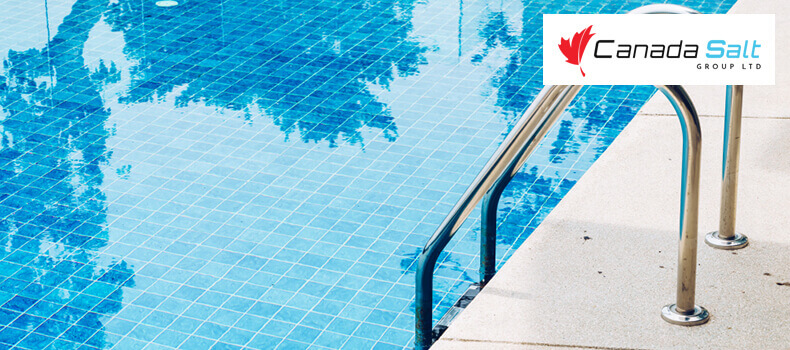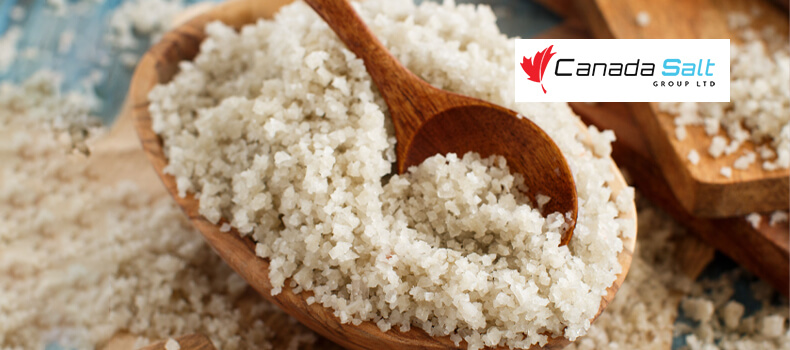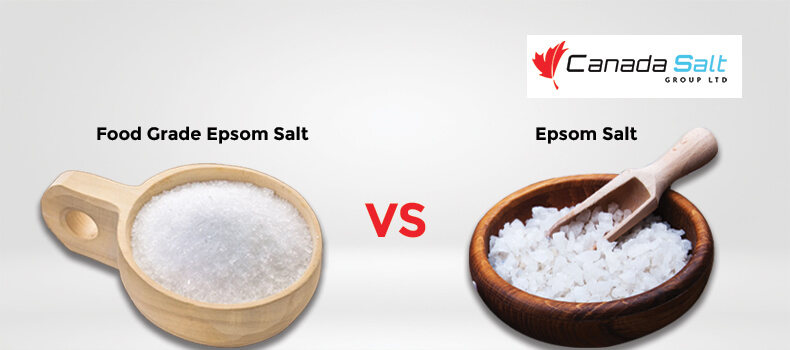How to Balance pH Levels in a Saltwater Pool?
The saltwater pool during summer is the best place to hang out with family and friends. The saltwater pool is relaxing and is better than a chlorinated pool. But there needs to be more awareness among people about maintaining a saltwater pool. People assume that it takes more time to maintain a saltwater pool, but in fact, maintaining a saltwater pool is pretty straightforward. Let us look at some basic steps to maintain a saltwater pool efficiently and balance pH levels.
Maintaining pH Level in Saltwater Pools
Chlorinated pools need to add chlorine tabs after every few days. But saltwater pools directly pass water through the salt-chlorine generator. The generator uses electrolysis with salt to generate hydrochloric acid and sodium hypochlorite. It also creates chlorine when electricity is sent through a salt and water solution. Because of this process, the right amount of chlorine is added to the pool water. This reflects as the right amount of pH is within the pool.
Testing the pH Level of the Saltwater Pool
The pH level of a saltwater pool can be checked by three different methods liquid, digital, and test strip. There are a few points to keep in mind while testing the pH level of your pool.
-Test pool water pH and alkalinity.
-The perfect pH for pool water is between 7.2 to 7.6; 7.4 is considered the ideal level.
-The Alkalinity of pool water should be between 80 ppm to 150 ppm.
-If the pH level is high, your pool water is too alkaline, and you must add mild acid to balance it.
But in Some Situations, the Results May Vary Due to
-The residual of chlorine is above 3.
-The presence of bromine in the pool.
-Sample was taken near the skimmer.
Causes of High pH Levels in a Saltwater Pool
The saltwater pools have higher pH levels because the electrolysis process generates chlorine which tends to create byproducts that increase the pH. The electrolysis process creates sodium hydroxide, which has high pH and can constantly increase its pH level, sometimes up to 13. The other reason for an increase in pH levels is the alkalinity of the pool water. The alkaline acts as a buffer to maintain the pH level of pool water, but if it is too high, it increases the pool water’s pH level.
Effects of High pH Level in the Saltwater Pool
If the pH level is above 7.8, it can affect the swimmers and your wallet. Here are some of the effects that can be caused due to high pH levels in the saltwater pool,
-Red Eyes, dry skin, and a sticky feeling after coming out of the pool.
-The pool water has turned hazy and cloudy, which kills the joy of having a dip at the pool.
-Chlorine becomes less effective, resulting in bacteria and algae growth in your pool water.
-Alkalinity makes your pool water hard and forms calcium deposits which can clog filters and pipes. Due to clogs, motor failure is the biggest concern, followed by leaks.
How to Lower the pH Level in a Saltwater Pool?
If the pH level of your saltwater pool is too high, there are two ways in which it can be balanced. Always wear safety gear before using pool balancers. Pool water pH can be balanced by adding dry acid or muriatic acid. While using these balancers, there are a few points to remember,
While Using Dry Acid
-Follow the instruction of the manufacturer and use the right amount of dry acid.
-Read the manual carefully to see if you need to pre-dissolve before adding directly into the pool to avoid discoloration of pool water.
-Turn on the pool pump and filter to keep the water running through it.
-Submerge and spread the product in the deepest part of your saltwater pool.
-Avoid the formation of clips while mixing to disperse the dry acid evenly.
While Using Muriatic Acid
-Follow the manufacturer’s instructions
-Mix and dilute the product. If no dilution is required, add the pH balancer directly into the pool as directed.
-Add the solution slowly into the pool to avoid spills and splashes.
-Add pH-balancing chemicals to the pool as per manufacturer instructions.
How to Increase the pH Level in a Saltwater Pool?
If the pH level of your saltwater pool is too low, there are two ways in which it can be balanced. Always wear safety gear before using pool balancers. Pool water pH can be balanced by adding borax and soda ash. While using these balancers, there are a few points to remember,
While Adding Soda Ash
-Follow the instruction to add the right amount of soda ash into the pool.
-Keep the pool pump and filter running.
-Sprinkling soda ask evenly in the pool.
-Leave the water for 1 hour for the soda ash to settle.
-Test the pH of the water and proceed accordingly.
While Adding Boric Acid
-Read the manufacturer’s instructions.
-Use a water calculator to measure the amount of boric acid to add per gallon.
-Run the pool filter and pump.
-Add boric acid to the skimmer.
-Re-check the pH levels the next day.
How to Increase Alkalinity if it’s Not Too Low?
Suppose the alkalinity decreases while lowering the pH levels of your saltwater pool. In that case, it is easy to get it back to normal, or it is easy to adjust the alkalinity without increasing the pH level. Baking soda increases the alkalinity of pool water without raising the pH level. It is an ideal substance to add with muriatic acid. For a pool with a capacity of 10000 gallons, 5 oz will increase total alkalinity by 2 ppm. 14 oz will increase total alkalinity by 5 ppm. 27 oz will increase total alkalinity by 10 ppm. Add more baking soda depending on the gallons of water your saltwater pool have.
Perform the Final Water Test to Measure the pH Level
After increasing or decreasing the pH level of your saltwater pool, it is important to measure the pH level of your pool. Ensure your pumps are angled to promote proper water circulation throughout the pool. Turn off the pump after 15 minutes and let the water settle down. Once the water is still, test the pH levels. If it is between 7.2 and 7.8, then it’s ideal. If it’s low or high, add chemicals accordingly and repeat the same process until it’s between 7.2 and 7.8.
Conclusion
The right amount of pH in a saltwater pool gives a great experience. Suppose the pH level is too high. It’s harsh on the skin and eyes. If the pH is too low, the water is cloudy and foggy. Maintaining the pH with the right amount of acid and alkalinity can enhance the experience of the saltwater pool during summer. Canada Salt Group Ltd is the largest salt supplier in Canada and has the best quality pool salt available in the industry. Contact us for a free quote or call us for assistance.





